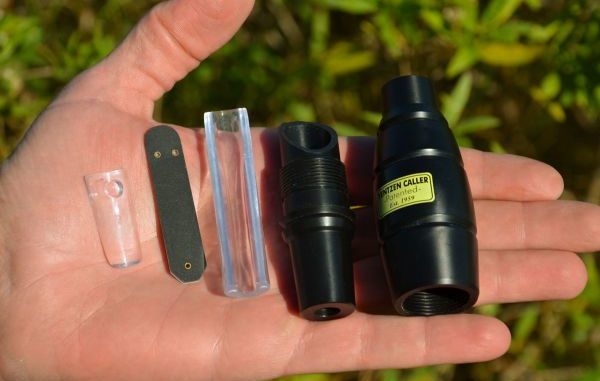
Most duck hunters — even expert callers — don’t understand the language of duck calls. Some incorrectly associate call style with numbers of reeds.
Curtis Arnold, production engineer for Sure-Shot Game Calls, cuts through the mumbo jumbo.
All American duck calls in existence today are either Arkansas- or Louisiana-style calls, no matter where they are made. The difference is in the guts of each call.
Louisiana-style calls have three pieces: a trough (tone board or sound board), a reed and a wedge or peg.
Arkansas-style calls have only two pieces: a reed and a wedge. The trough is part of the bottom of the call.
Calls (with one exception) have either single or double reeds. A Louisiana-style call can have either single or double reeds, as can Arkansas-style calls.
The lone exception to this rule is a triple-reed call once made by Sure-Shot and now scheduled for revival by the company.
The number of duck call makers has proliferated in recent years, especially with the advent of the acrylic call, making duck hunters’ heads spin with choices.
It is a little-known but comforting fact that nearly 90 percent of the reeds used in today’s duck calls are manufactured by two companies.
Sure-Shot is one of the call makers who make their own reeds, and they don’t sell them to any other call producer.
Thinner reeds wear out more quickly than thicker reeds, and single reeds wear out faster than double reeds. Some reeds on some single reed calls can actually be worn out in one hunt.
So having extra reeds is always a good policy.


